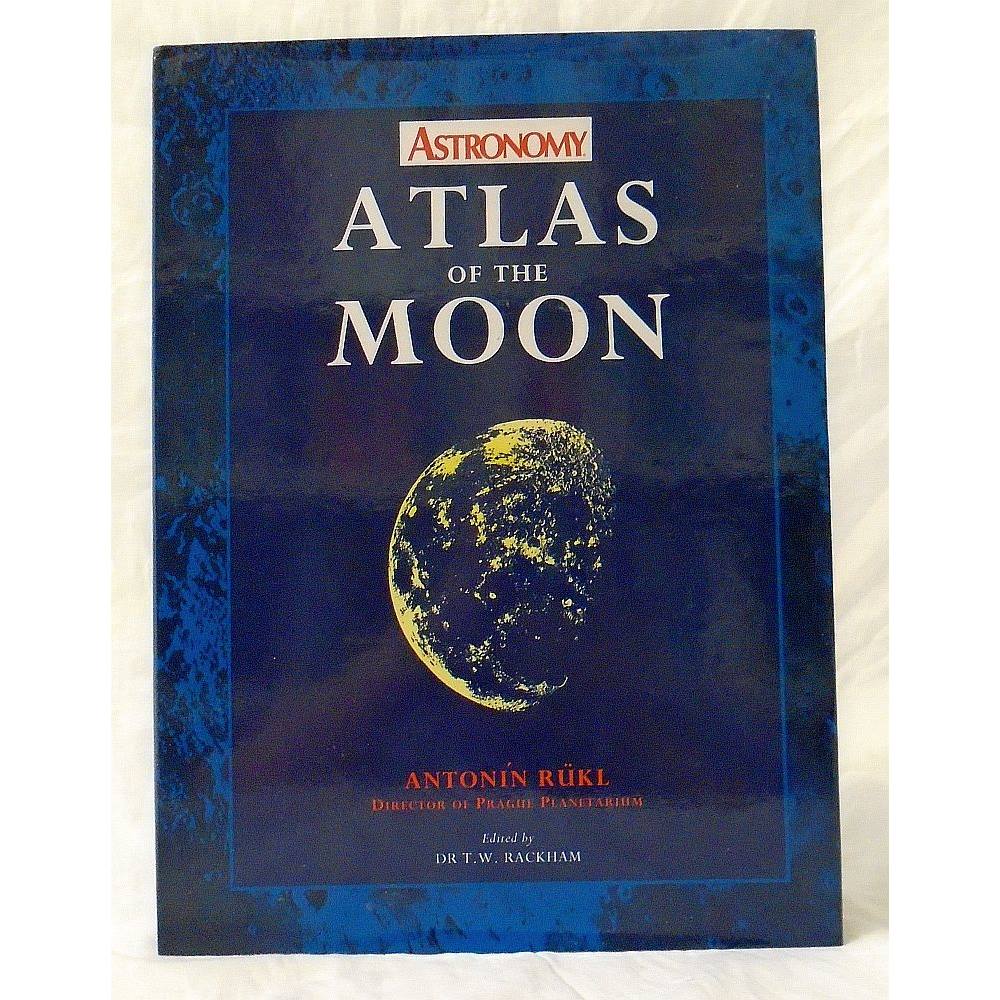

For example, they can determine which areas are best to build lunar structures. Having an accurate map will allow scientists to make critical decisions for upcoming trips to the moon. NASA’s Lunar Orbiter Laser Altimeter data supplemented the topography for the north and south poles. JAXA, the Japan Aerospace Exploration Agency led the mission. The Terrain Camera collected these observations on the recent SELENE (Selenological and Engineering Explorer) mission. During that time, asteroids smashed the moon, creating many of the impact craters we can see on the surface today.Įlevation data for the moon’s equatorial region came from stereo observations. The color pink dominates the map of the Imbrian era, which occurred some 3.5 billion years ago. He oversees the production of standardized maps for solar system bodies at the U.S.

For instance, “the darker, more earth tones are these highland-type terrains, and the reds and the purples tend to be more of these volcanic and lava flow materials,” says geologist James Skinner. Furthermore, it connects the exploration of specific sites on the moon with the rest of the lunar surface.” Moon Map ColorsĮach splash of color identifies a discrete rock or sediment formation, including craters, basins, and ancient lava fields. “It provides vital information for new scientific studies. “This map is a culmination of a decades-long project,” said Corey Fortezzo, USGS geologist and lead author. Furthermore, scientists had different ages for the rocks. Sometimes the same rock would have a similar description, but a different name. Prior to this, lunar maps had several different key discrepancies regarding the rocks. Along with merging new and old data, USGS researchers also developed a universal description of the rock layers. However, the cartographers preserved the old maps with previous observations and interpretations. The existing historical maps were redrawn to align them with the modern data sets. In addition, they added updated information from recent satellite missions to the moon. To create the new digital map, scientists used information from six Apollo-era regional maps. In addition, they wanted an invaluable research tool for anyone curious about the moon. Scientists developed it to aid future human missions to the lunar service. With a fleet of new landers and rovers in the works from nations and companies around the world, humans aren’t finished exploring the moon by a long shot.At an impressive scale of 1:5,000,00, the new digital map, called the “Unified Geologic Map of the Moon,” will serve as the definitive blueprint of the moon’s surface geology. Most of those landings occurred near the lunar equator, leaving the poles largely unexplored. Then humanity took a 37-year break from landing on the moon before China achieved its first lunar touchdown in 2013. and Russian landings-occurred between 19.

Of the 21 lunar landings, 19-all of the U.S. Some even hope to build a radio telescope there, shielded from the radio noise of Earth, to study the most ancient reaches of the universe.

As more spacecraft reach the far side, planetary scientists able to closely study this alien realm, possibly revealing the history of the moon’s formation along with our own planet’s past. The far side is pocked by ancient craters, mountains and rugged terrain, largely devoid of the smooth maria (basaltic plains) we see on the near side. Earlier this year, the Chinese spacecraft Chang’e 4 successfully landed on the far side of the moon. Today, robotics has advanced to the point that landers and rovers operated from Earth provide a capable and cost-effective way to explore the moon.įrom research conducted by the Apollo missions, other successful moon landings, dozens of orbiters and powerful telescopes here at Earth, we know more about our one natural satellite than at any point in history. However, robotic exploration of the lunar surface in the latter half of the 1960s played a crucial role for those crewed landings and the boot prints that followed. The most renowned moon landings are undoubtedly the six Apollo lunar touchdowns, carrying humans to another world for the first time (and still, the only time).


 0 kommentar(er)
0 kommentar(er)
